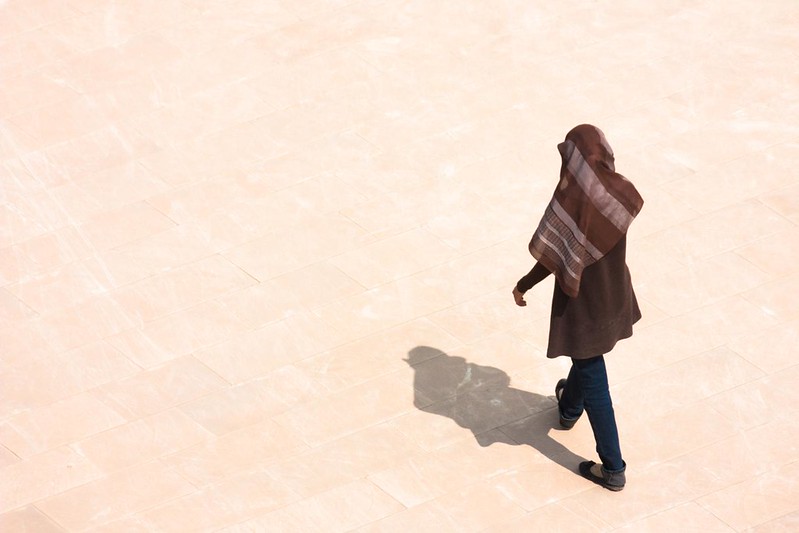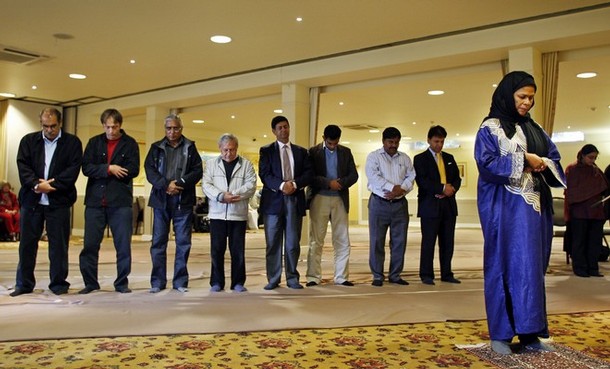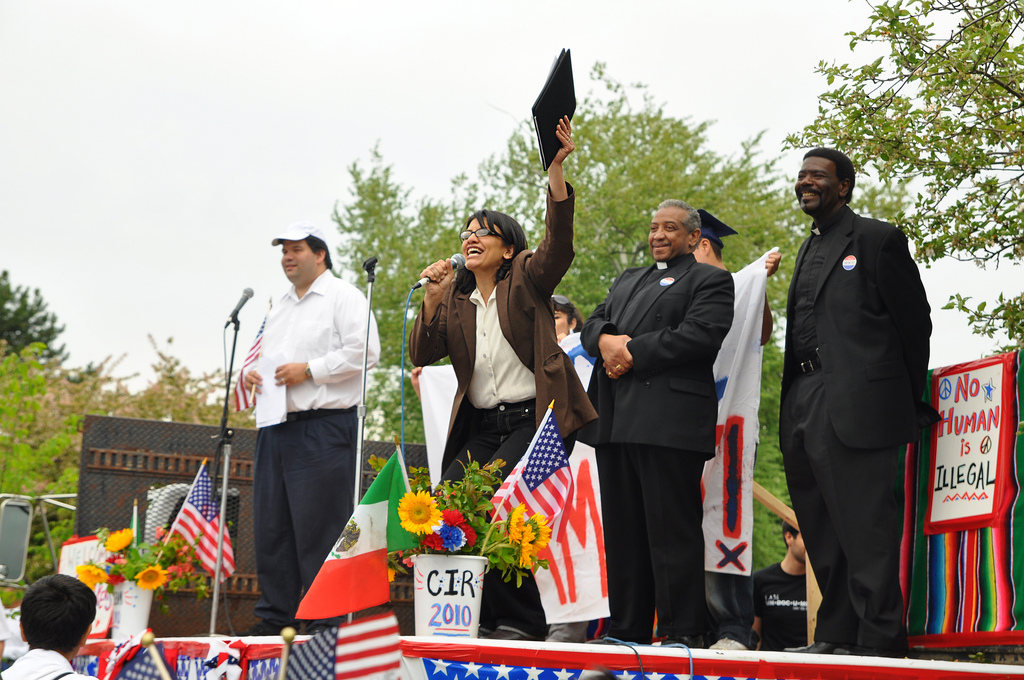Omenya Ayad’s arguments in her article, “Women Leading Men’s Prayer: Defying Inequality or Proving Insecurity,” are seriously flawed.
Omenya Ayad’s article, “Women Leading Men’s Prayer: Defying Inequality or Proving Insecurity,” discusses the phenomenon of women leading mixed congregational prayer. In Ayad’s view, this feminist venture has a “serious flaw in its fundamental base” in that Muslim feminists fail to see the difference between equality and equity. Unfortunately, it is Omneya’s arguments that are fundamentally flawed.
First, it is important to understand the origins of this debate. When jurists sought to create gendered space, prayer presented a quandary. They asked themselves whether a man should respond to the call of prayer if called by a woman. For those who maintained that it was haram the issue lay with the presence of the female body before men and the purported seductiveness of la voix feminine; which could possibly drive men to sin. At one point, jurists also questioned the obligation of women to attend Friday prayer with some like Ibn Rushd arguing that it was permitted while others like Al-Marghinani stringently maintaining that it was not, as it might causefitna (disorder). The concept of fitna would influence the legal opinions of jurists about the positioning of men and women in a mosque. As we know, the majority ruled that women should position themselves behind men and, according to this thinking, should never lead mixed congregational prayer.
Nonetheless, as in response to many rulings, there were objections. Jurists such as Al-Tabari and Abu Thawr upheld the permissibility of female imams citing the hadith about Umm Waraqa wherein the Prophet (swt) asked her to lead the prayers for all members of her home. Regardless this precedent, the majority of jurists opted to rule based on the common practice of their time. Most importantly, we must bear in mind that Islamic jurists did not extensively theorize on this issue and some even failed to present concise reasoning as to why they ruled in this particular way, leaving much to interpretation and criticism.
Understanding the evolution of gendered space in Islamic history is necessary for a coherent discourse on the subject of female prayer leaders and the complexity of this story demonstrates the legitimacy and necessity of dialogue on the subject. As mentioned above, some jurists thought to prohibit women from attending Friday prayer. Would we not question the origins and legitimacy of that practice if it, too, became the norm?
Ayad’s central argument about ‘equality vs. equity’ is inadequate. For example she states that:
Men and women have their right to choose their marital spouse which is equality but both of them are playing different roles in the household so they complete each other which is equity, like for a woman she is not the one who is responsible to put food on the table and the man is not responsible for bearing children.
She presents a false dichotomy, premised on the assumption that all Muslim women should be comfortable with. In this, and other, weak examples to placate feminists and preserve the status quo, she recites socially constructed gender norms and roles without problematizing them. More specifically, she means to say that women sometimes cannot and should not be in the same position as men, like as leaders of congregational prayers, but since we are still allowed to pray with them we should all stop complaining. Frankly, that is not good enough. We should not evade questioning the status quo but hold it up to critique and analysis using the lenses of the Qur’an, hadith, and Sharia within context.
It was men who framed the problem of gendered spaces. Fitna, according to past jurists, arose from disruptive and disorderly men but has historically been “solved” by restricting the movements and positions of women. It is punishing women under the guise of protection while insulting men as being controlled by their libidos.
Lastly, Ayad says that it is saddening “when some women believe they have to wrestle with men in order to prove that they are stronger or for their faces to be covered with coal in the mine fields to tell the world that she is not only his equal but probably she is 10 times the man he is, or to lead them in prayer thinking that is the way to prove her adequacy”. It, too, saddens me to see feminism presented so myopically and in an insultingly reductive manner; especially when she concludes that proponents of female prayer leaders should consider transsexual surgery as a “good option” to calm the woes of “these women”. Painting “these women” as confused and their endeavours inane is not constructive dialogue. It reduces feminism to petty squabbling and whining when, in actuality, feminist ideology is vast and nuanced. Islamic feminism is no different. Most importantly, Islamic feminists want to promote positive and productive dialogue about the position of women in Islam, not purport absolutist thinking as presented by Omneya Ayad.
Alia Hussain is a student of History and Political Science at the University of Ottawa, Canada.
Photo Credit: Adrian Dennis/AFP/Getty Images




















Thank you for this text. I fully agree with your observations regarding the above mentioned article!